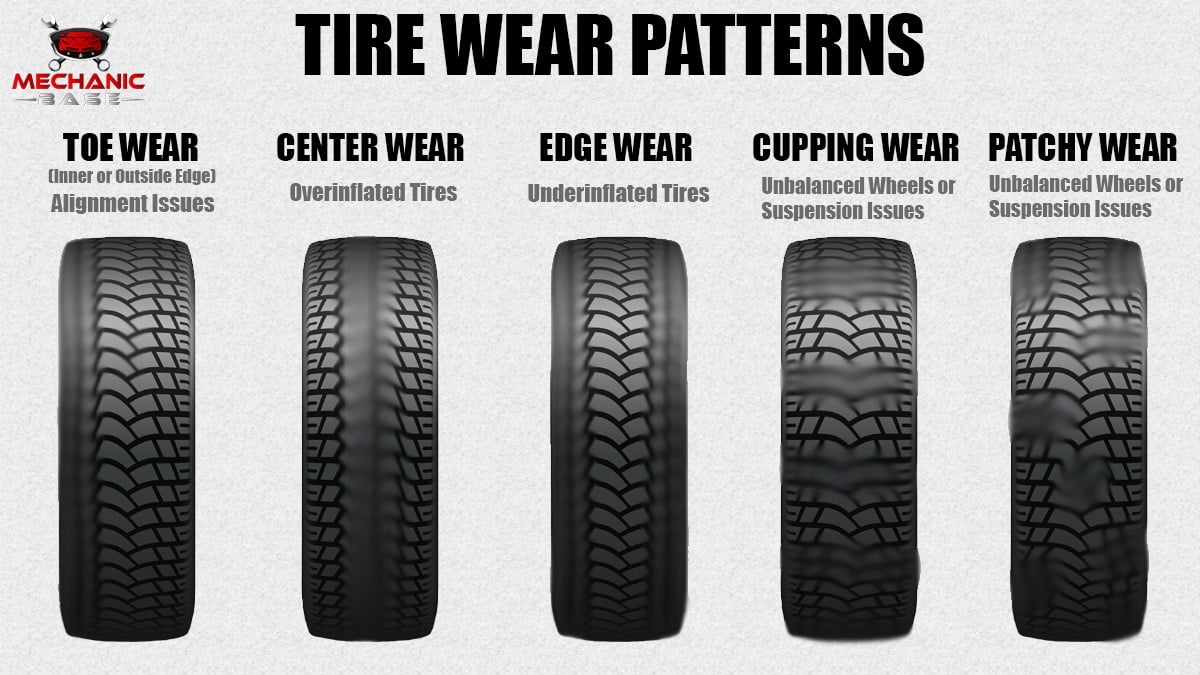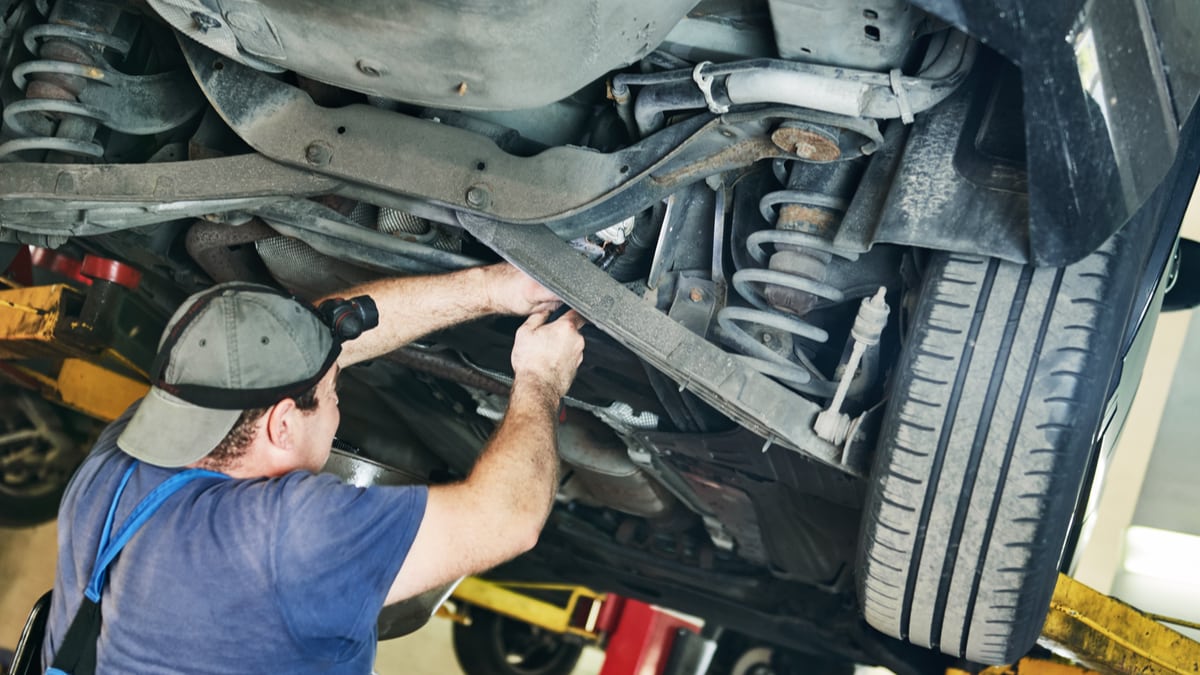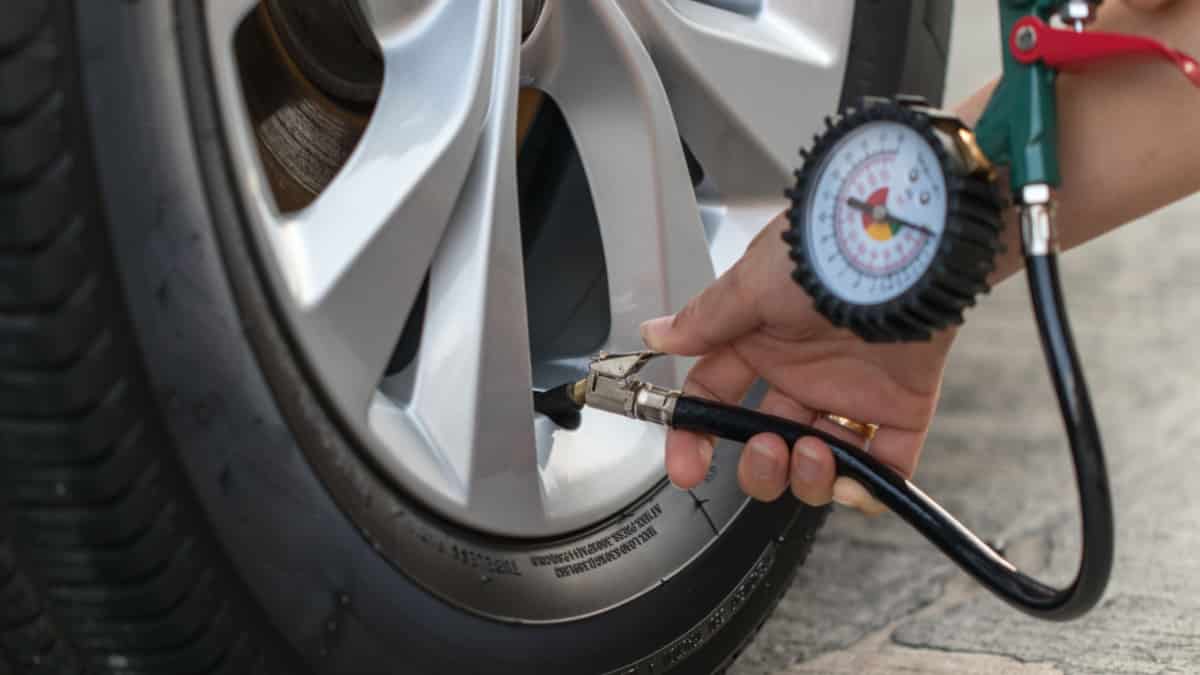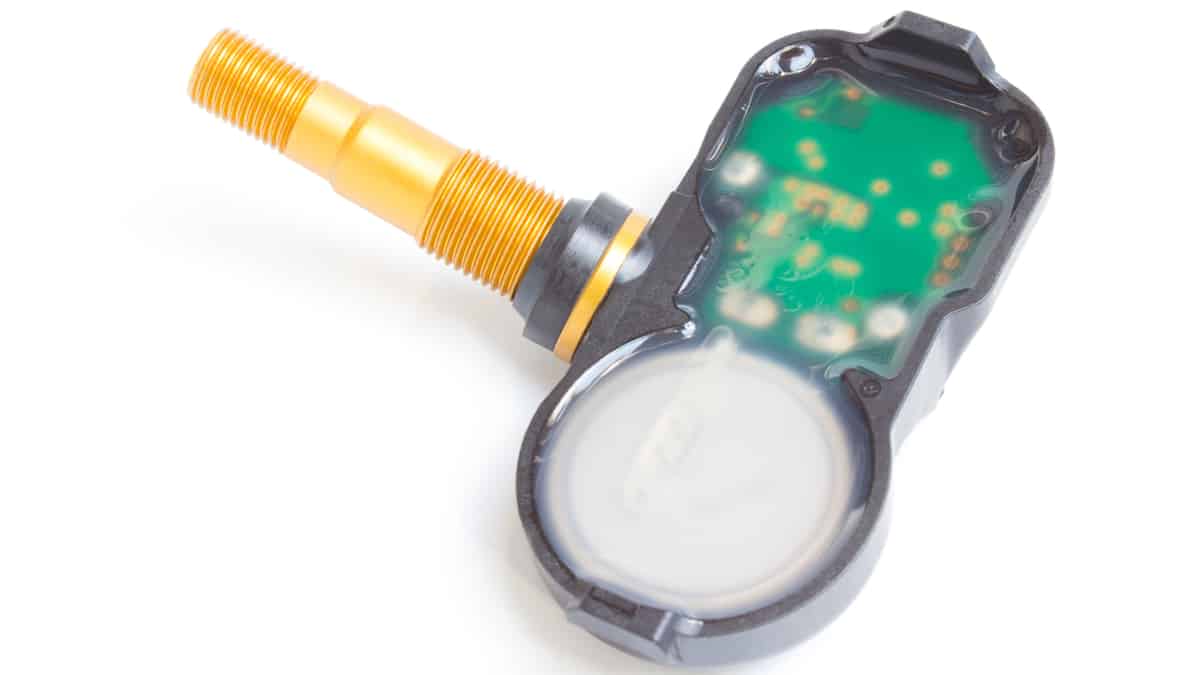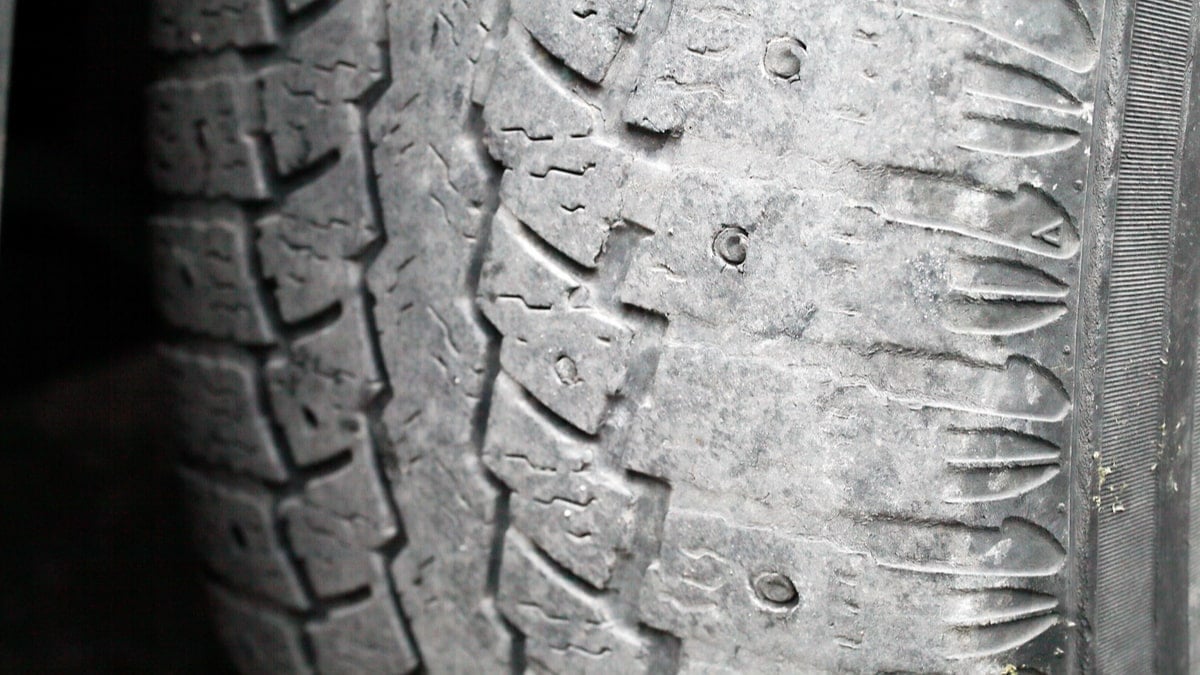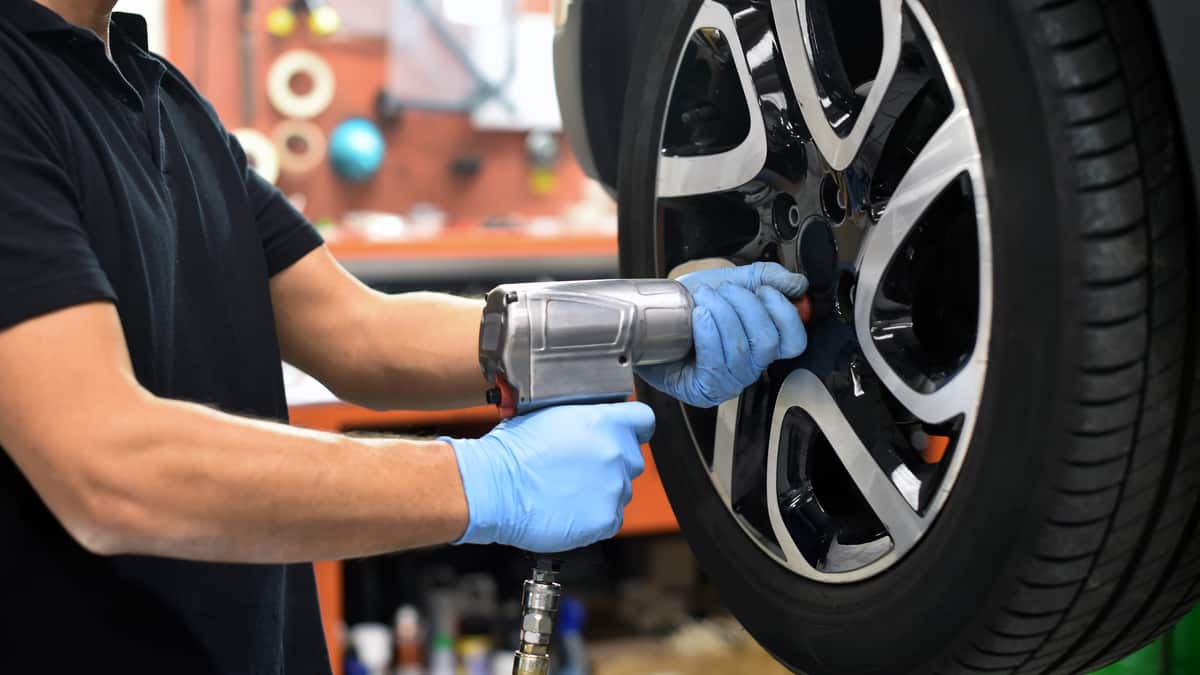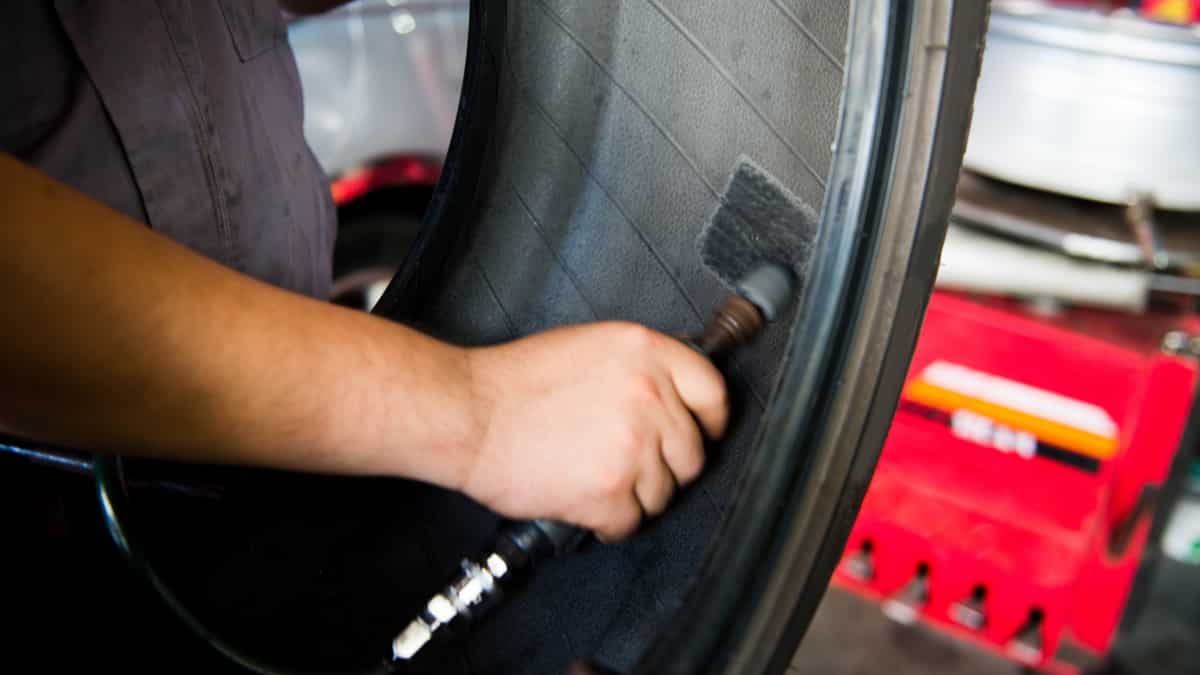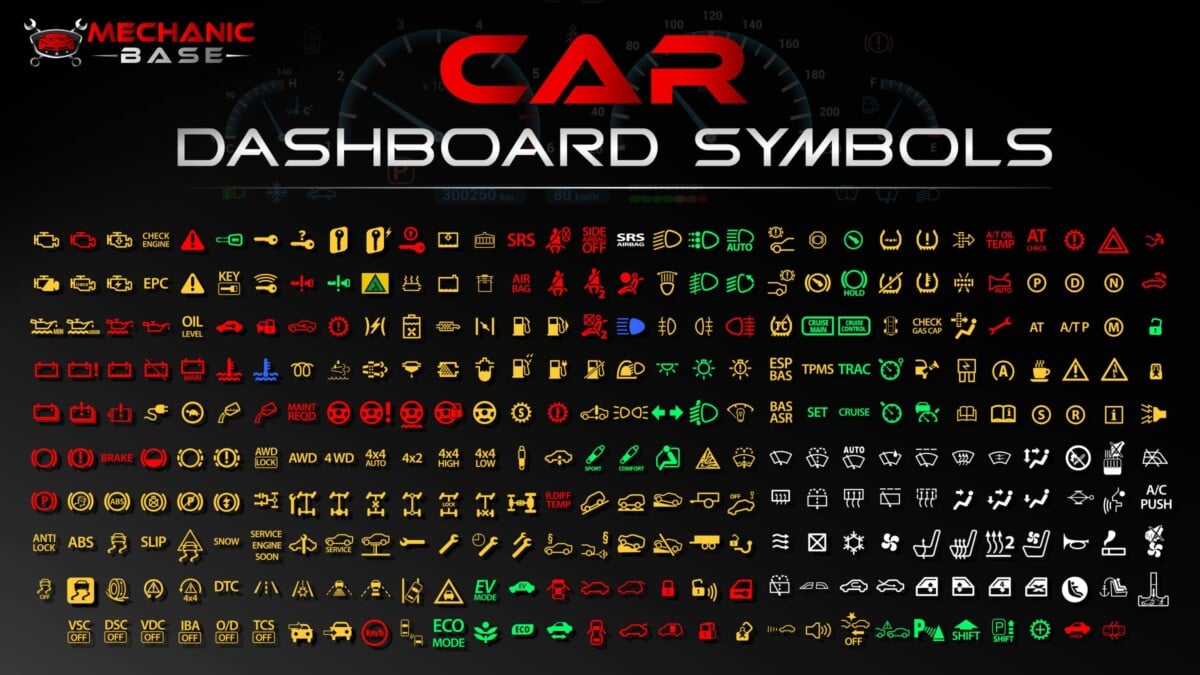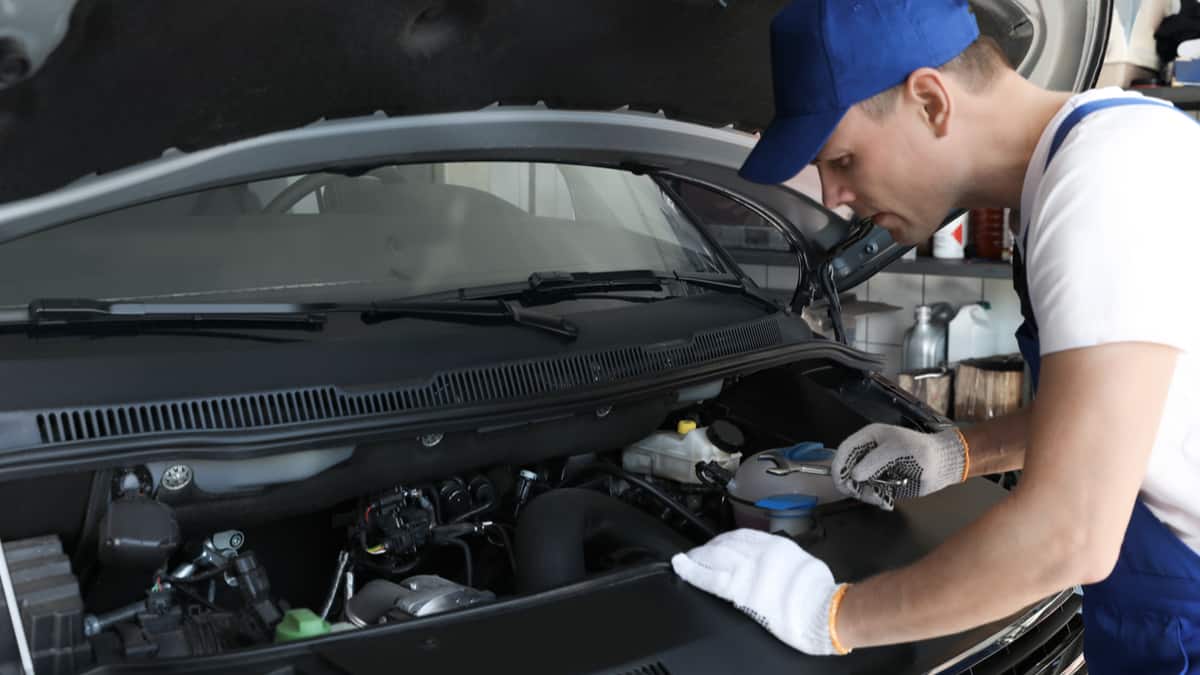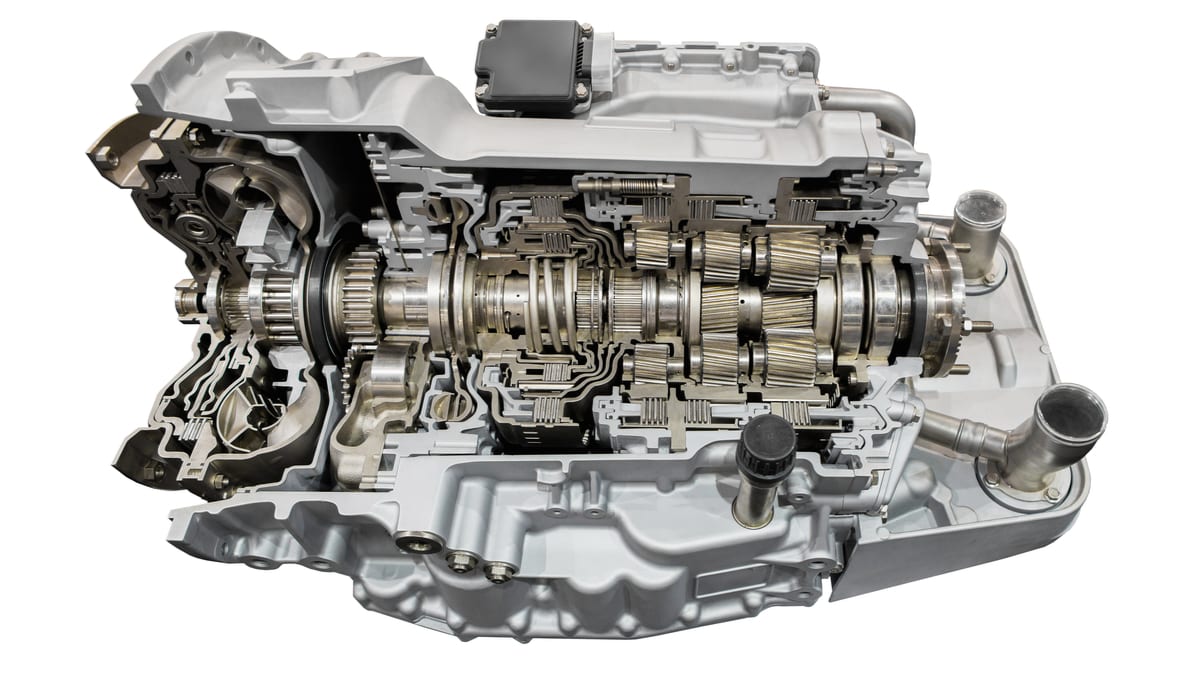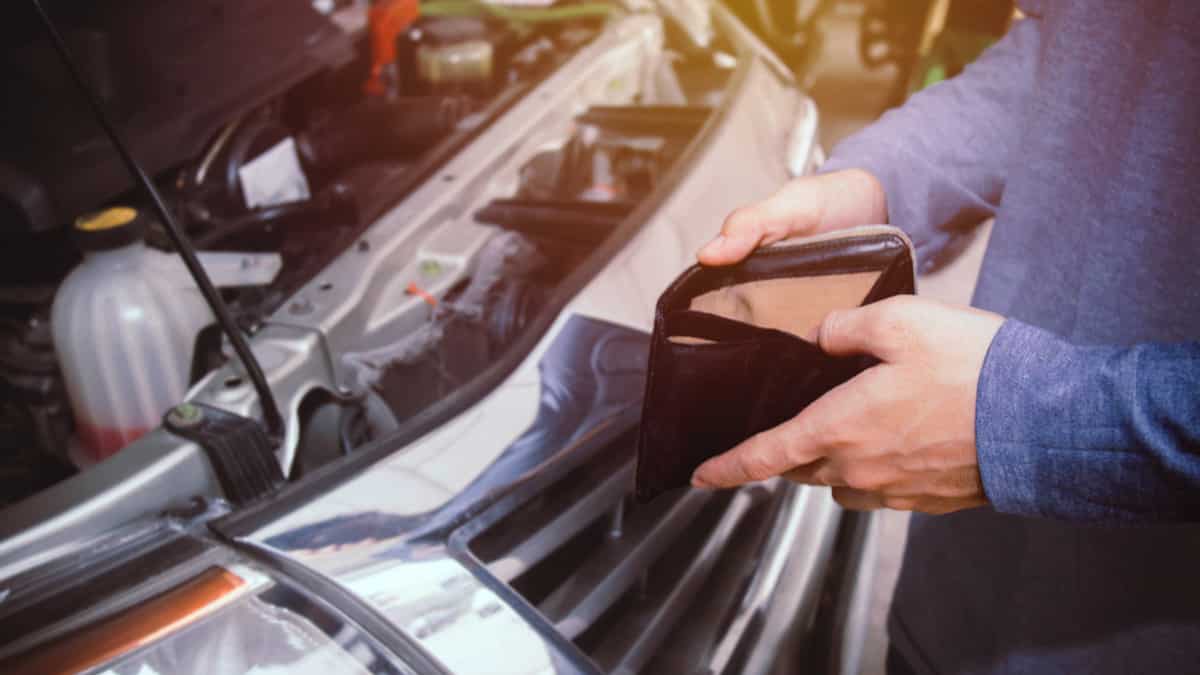Your car tires are an essential part of your on-road safety. Without reliable tires, an accident could easily occur. That’s why it’s important to watch how the tires are wearing and take prompt action to repair any problems. So, what does it mean when tires wear on the outside edge?
Outer tire wear could be related to the wrong tire pressure, which is an easy fix. However, it’s also possible that your wheels need to be aligned. Aside from this, there could be parts that are failing, such as the ball joints or other suspension components.
In this guide, I examine the causes of this abnormal tire wear pattern. I will also show you what it would take to fix it based on what’s causing it.
Reasons Tires Wear on Outside Edge
1. Poorly Inflated Tires
Improperly inflated tires can be the most common reason for strange tread wear, and it’s also the easiest to fix. If the outside edge of your tires is wearing sooner than anywhere else, you’ll want to start by taking a look at how much air pressure is inside.
When the tires are properly inflated, the load of the vehicle is perfectly balanced. The force that occurs during driving can be better handled by the tires, so there wouldn’t be any strange wear occurring.
You don’t want to keep driving on tires with the wrong air pressure. If the tires are too low, permanent damage can occur, while high pressures can lead to a blowout. In both situations, you are not safe on the road.
2. Bad Wheel Alignment
If the camber of the wheels is positive, there is a tilt occurring that puts additional pressure on the outside of the tires. As time goes on, the rubber is going to wear out faster, leading to a dangerous situation. Also, if the wheel alignment has a positive toe-in angle, it will cause tire wear on the outside.
For this reason, wheel alignment should be done regularly. You also want to have it checked any time you hit a pothole or other obstacle with force. The good news is that the problem isn’t likely related to poor balancing of the tires, as this issue tends to lead to cupping instead.
READ MORE: 5 Symptoms of a Bad Wheel Alignment (Why you should fix it)
3. Defective Ball Joints
One of the first signs that the ball joints are going bad is some wear to the outside of the tires. You may also notice some feathering occurring as you move closer to the tire’s center.
When the ball joints or tie rods wear, the wheels start to point more outward, changing the toe setting of the alignment. It can also affect the camber angle, neither of which should be left unchecked.
RELATED: How Much Does a Ball Joint Replacement Cost?
4. Malfunctioning Suspension
There are numerous parts of the suspension that could be failing, all of which can lead to abnormal tire tread wear. For starters, the springs are a common component that fails and weaken over time. If you have leaf springs on the vehicle, the arch can be lost, while the coil springs lose height. With either, the camber can change, leading to excessive outer tire wear.
The struts of a car also have a lot to do with the wheels’ camber positioning. If the struts are bent, the alignment will be altered. In return, the tires are going to wear differently, especially around the outer edge. The spindle can also become bent when there’s a lot of pressure put on the wheel hub. With this problem, you should also notice vibration.
An older strut tower could also be to blame. Over time, this part can weaken and rust. When this happens, the camber alignment becomes out of whack, leading to more tire wear. However, when the strut tower fails, you have noticeable symptoms. The defect should make it more difficult to control the vehicle, especially when traveling at higher speeds. If you don’t get the part replaced, you could lose control of the vehicle.
Finally, it’s important to look at the control arm bushings. These parts are the connecting means between suspension components. When the bushings wear out, the control arm can move from its proper position, leading to bad alignment. Bushings can wear out because of excessive heat, added stress or poor road conditions.
RELATED: Inner Tire Wear – Causes & How to Fix it
How to Fix Worn Tires on Outside Edge
1. Inflate Tires
The easiest problem to fix is to adjust the tire pressure. You should be checking the tire pressures monthly, or any time that the weather takes a drastic turn towards a different temperature. To find the appropriate tire pressure for your vehicle, look in the owner’s manual or on the driver’s side door jamb.
If there’s not enough pressure in your tires, you can use an air compressor to put more in. However, if the tires are overinflated, you need to remove some air. Either situation can be dangerous. If you have an air compressor, you don’t need to spend any money to fix the tire pressures. Many tire shops also do free checks and pressure adjustments. Even if you have to visit a gas station, it shouldn’t cost you more than a few bucks.
2. Get Wheel Alignment
The average wheel alignment costs $50 to $200, depending on what part of the country you live in, how many wheels need to be aligned, and what type of car you drive. You will spend more to have the alignment performed at a dealership than anywhere else.
Most manufacturers recommend getting a wheel alignment with every other oil change, but you might need it more often. If you travel down rough roads or hit a lot of potholes, it’s best to have the alignment checked more often.
READ MORE: Average Wheel Alignment Cost (Front, Rear & 4-Wheel)
3. Replace Ball Joints
If you need to have four ball joints replaced, you will also need a wheel alignment. The total cost could be anywhere from $400 to $800, depending on what type of vehicle you drive and where you take it for service.
It’s normally recommended to replace all of the ball joints at once. If you are mechanically inclined, you might be able to replace the ball joints in your home garage with the right tools. Doing this would help you save some money.
4. Repair Suspension
There are varying suspension repair costs associated with your vehicle, depending on what’s wrong. However, it’s rare that suspension repairs are cheap, so be prepared to spend a little money. To replace one spring, you might only spend $200 to $500. With the right tools, this is also a job you could do yourself at home.
However, the cost to replace a bent strut could add up to between $450 and $750. The part doesn’t make up a large portion of this cost, as it mainly falls on the labor charge. For this reason, you could easily spend $800 or more if you take your vehicle to a dealership or need a luxury-minded auto mechanic. Otherwise, save some money and learn how to do it yourself.
To repair the strut tower, you could spend $200 to $450. If you must replace the whole tower, you are likely going to spend $2,000 or more. An at-home repair kit might only cost you around $100, and it’s possible to do it yourself with the right amount of mechanical expertise.
If you need to replace bushings, plan to spend $200 to $600. The parts could make up $100 to $400 of this cost, depending on what type of car you drive. Seeing the labor charge doesn’t make up a big part of the bill, you know that you can probably handle the job if you have the right tools.
Risk of Driving with Uneven Tire Wear
You may think it’s okay to drive with the tires wearing abnormally, but you shouldn’t. The practice is dangerous, and you leave yourself open to an accident. At any time, a tire could blowout or go flat, leaving you stranded on the side of the road while you change the tire.
It also becomes more difficult to control a vehicle when the tires wear wrong. You could notice a difference in handling, braking power and fuel economy. Not only that, but you will need replacement tires prematurely, which also causes you to spend money unnecessarily. With a regular tire inspection and wheel alignment, you can eliminate this uneven wear and extend the life of your tires for better protection.
Categories: Suspension, Tires

